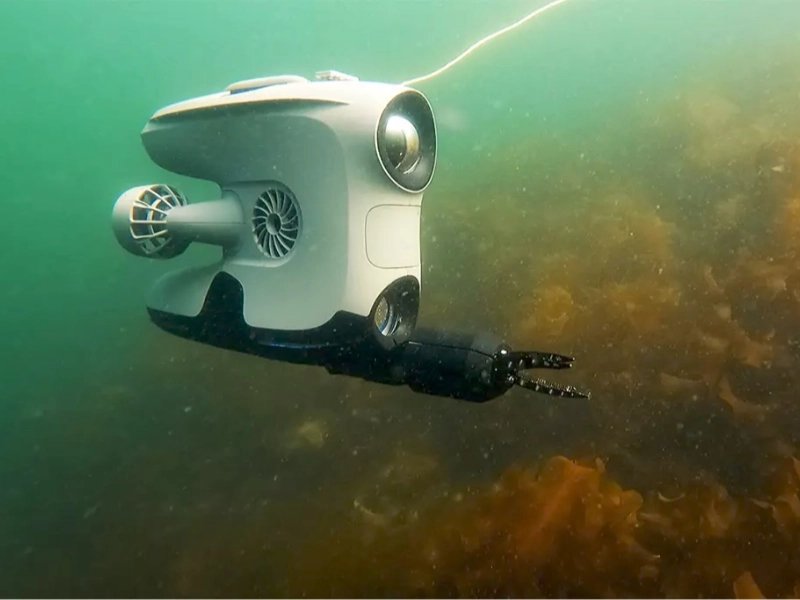4. The Remote Operated Vehicle (ROV): Eyes and Hands in the Deep

Remote Operated Vehicles (ROVs) have become indispensable tools for underwater exploration, offering a versatile and controllable platform for oceanic investigation. These tethered underwater robots are operated from the surface, allowing human pilots to navigate complex underwater environments with precision. Equipped with high-definition cameras, powerful lighting, and a suite of sensors, ROVs provide real-time visual and data feedback to surface operators. Their ability to deliver immediate access to underwater information makes ROVs essential for a wide range of applications, from scientific research and offshore oil and gas operations to marine archaeology and underwater infrastructure inspection. One of the key advantages of ROVs is their ability to carry and operate various tools and instruments, extending human capabilities in the underwater environment. Advanced ROVs can perform tasks such as underwater welding, sample collection, and even delicate archaeological excavations. The cable connecting ROVs to the surface not only provides power and control but also enables the transmission of large volumes of data, facilitating high-bandwidth communication and real-time video streaming. This continuous connection ensures that operators can make informed decisions based on up-to-date information, adapting to changing conditions or unexpected discoveries as needed. As ROV technology continues to evolve, we are seeing the development of smaller, more agile units capable of accessing confined spaces, as well as larger, more powerful ROVs capable of operating at extreme depths. The success of ROVs in underwater reconnaissance has opened up new possibilities for exploration and intervention in the marine environment, making them an essential tool for anyone seeking to understand and interact with the underwater world.
Advertisement

